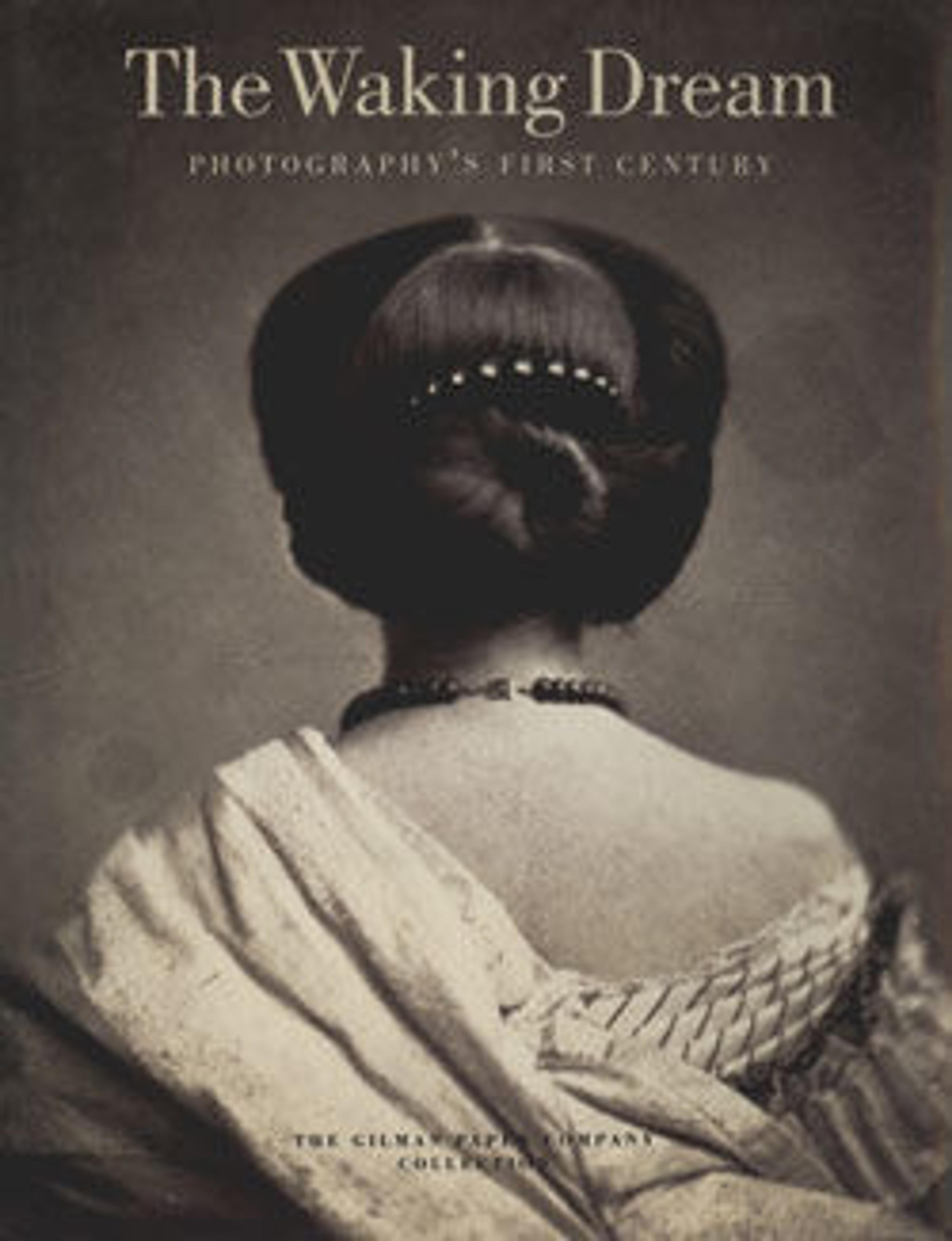[Self-Portrait]
Paul Outerbridge's oeuvre reveals something of a dichotomy, oscillating between Cubist-derived abstractions of commonplace objects, executed as platinum prints in the early 1920s, and fetishistic female nudes, rendered in the technologically advanced Carbro color process beginning in 1929. This self-portrait seems to combine both these obsessions. It exhibits a modernist sensibility in the interplay of black-and-white geometric shapes and in the repetition of form; it also suggests the decadence and voyeurism associated with the subject matter of his later work. Outerbridge made this image about 1927, at the height of his success as a commercial photographer in Paris and at the midpoint of his four-year stay in Europe.
The "improvements" Outerbridge has made to his black-tie attire dehumanize him, transforming him into an automaton, at once elegant and sinister, powerful and emasculated. His body is completely sheathed, except for the gap of his mouth, reinforced under the heavy mustache and left open not so much to allow him to breathe as to smoke, his cigarette poised between his legs. Mustache and cigarette become "signifiers of masculinity," the self a projection of a fetish.
The "improvements" Outerbridge has made to his black-tie attire dehumanize him, transforming him into an automaton, at once elegant and sinister, powerful and emasculated. His body is completely sheathed, except for the gap of his mouth, reinforced under the heavy mustache and left open not so much to allow him to breathe as to smoke, his cigarette poised between his legs. Mustache and cigarette become "signifiers of masculinity," the self a projection of a fetish.
Artwork Details
- Title:[Self-Portrait]
- Artist:Paul Outerbridge Jr. (American, New York 1896–1959 Laguna Beach, California)
- Date:ca. 1927
- Medium:Gelatin silver print
- Dimensions:Image: 38.5 x 28.3 cm (15 3/16 x 11 1/8 in.)
- Classification:Photographs
- Credit Line:Gilman Collection, Gift of The Howard Gilman Foundation, 2005
- Object Number:2005.100.158
- Curatorial Department: Photographs
More Artwork
Research Resources
The Met provides unparalleled resources for research and welcomes an international community of students and scholars. The Met's Open Access API is where creators and researchers can connect to the The Met collection. Open Access data and public domain images are available for unrestricted commercial and noncommercial use without permission or fee.
To request images under copyright and other restrictions, please use this Image Request form.
Feedback
We continue to research and examine historical and cultural context for objects in The Met collection. If you have comments or questions about this object record, please contact us using the form below. The Museum looks forward to receiving your comments.
